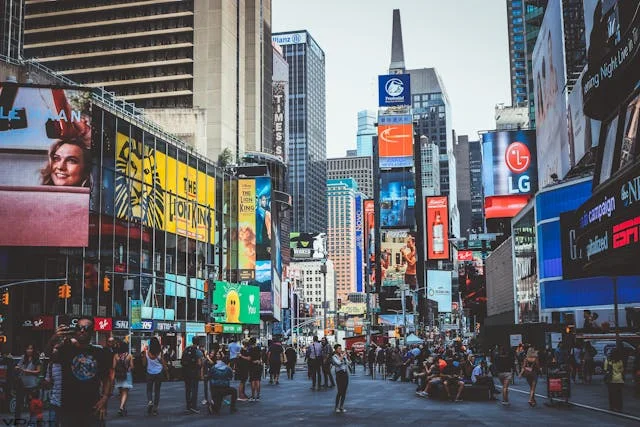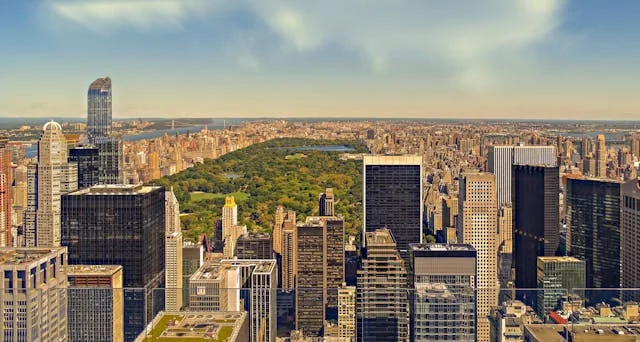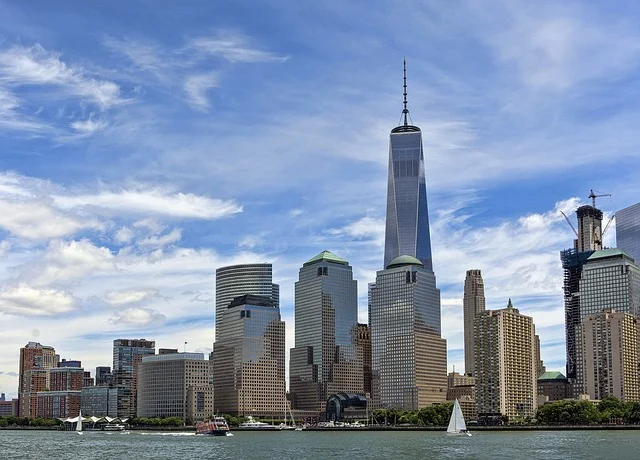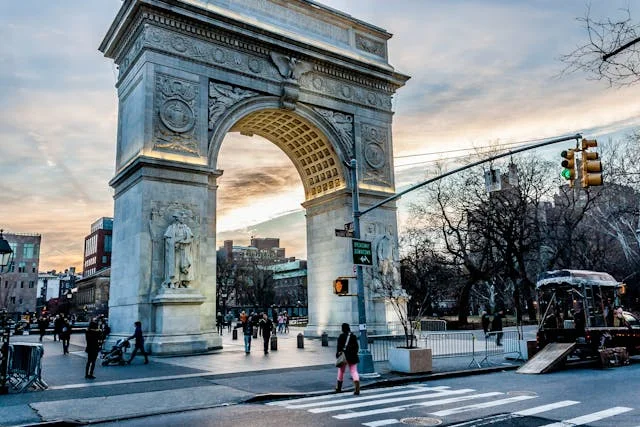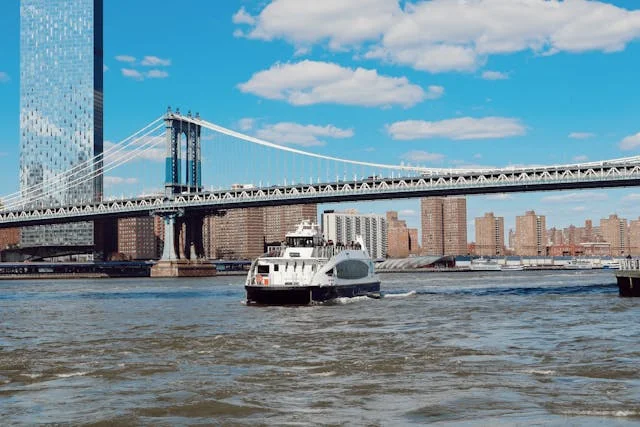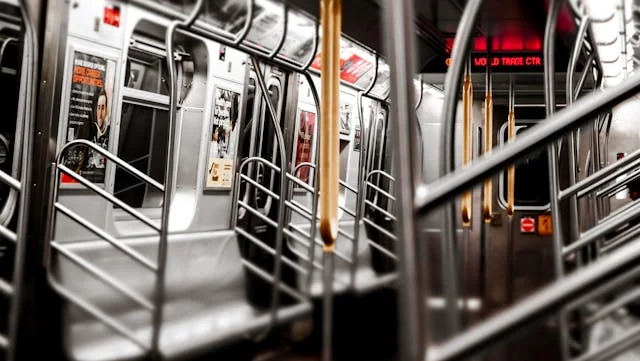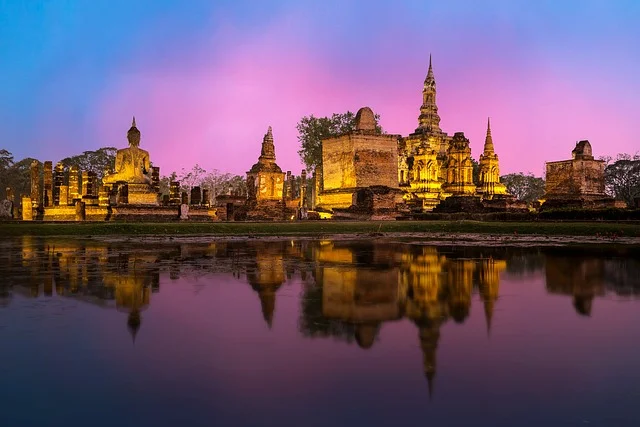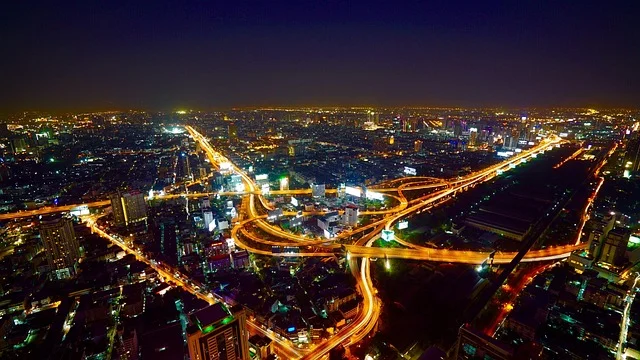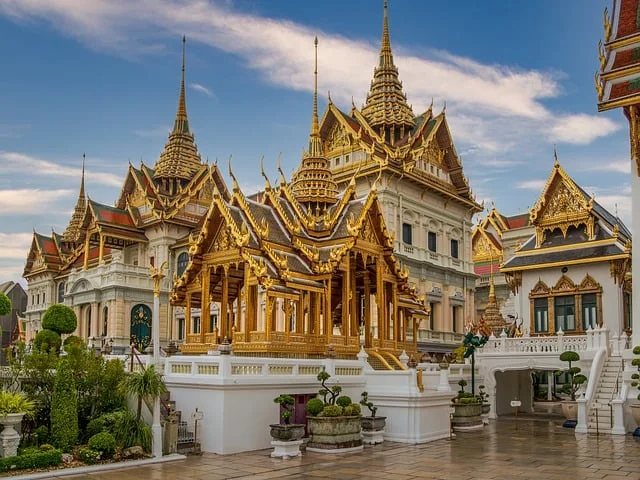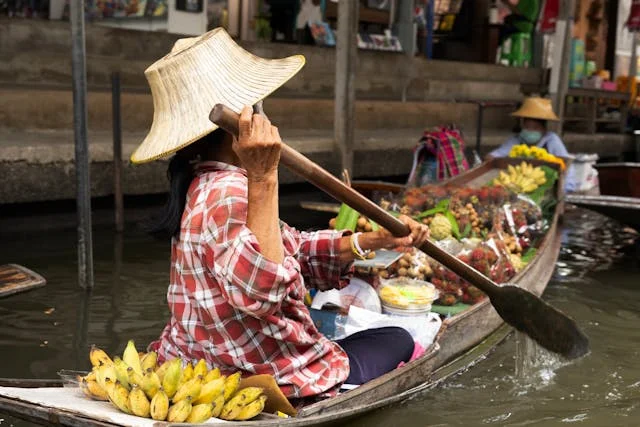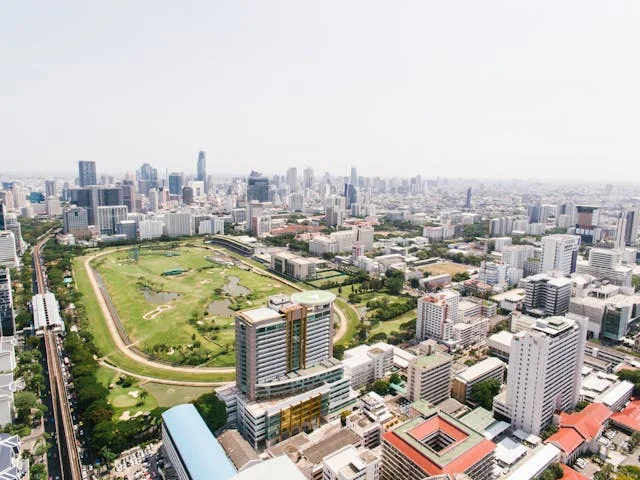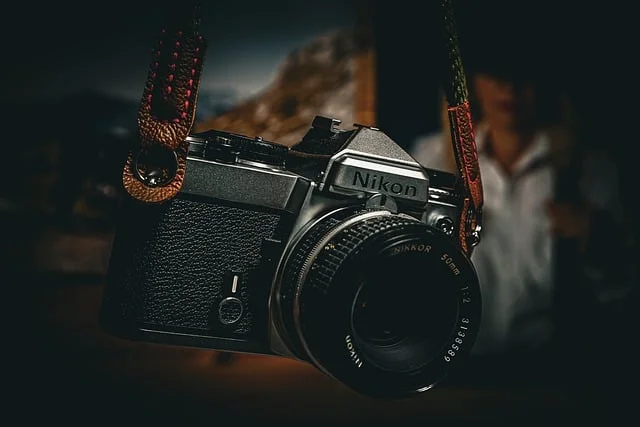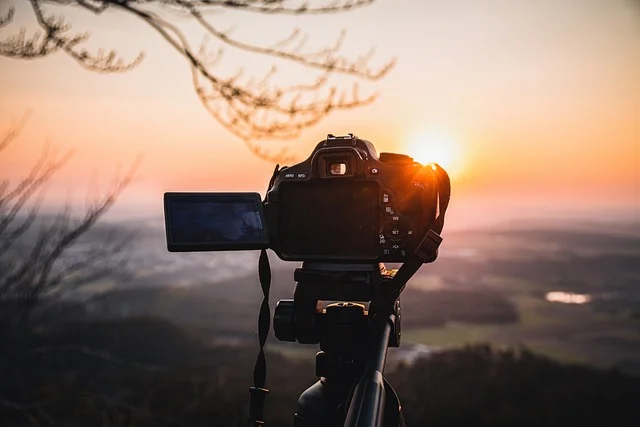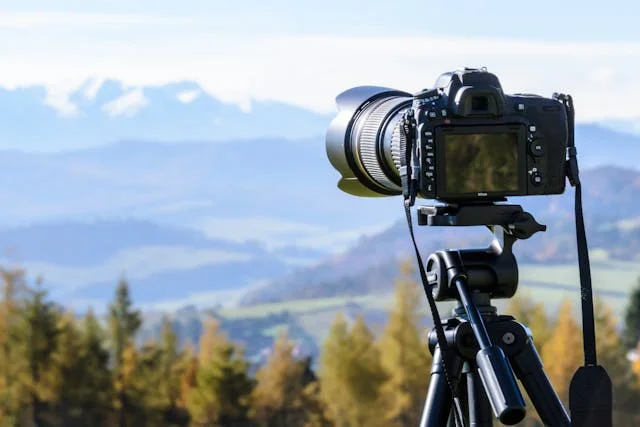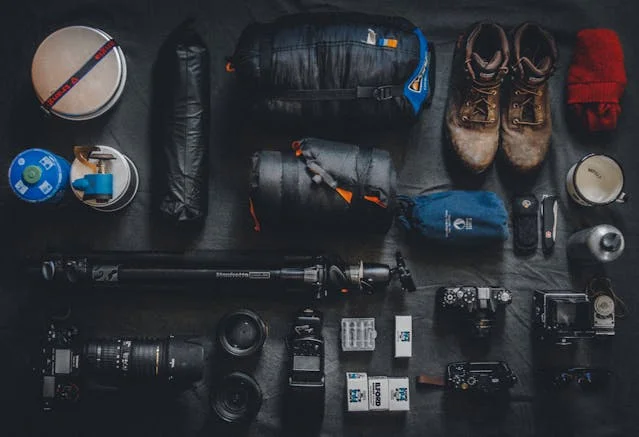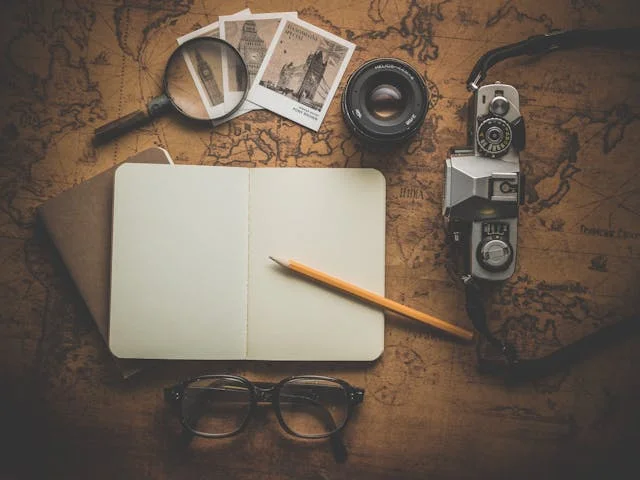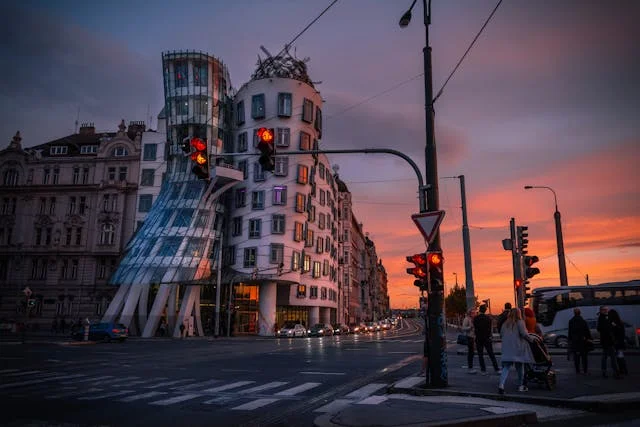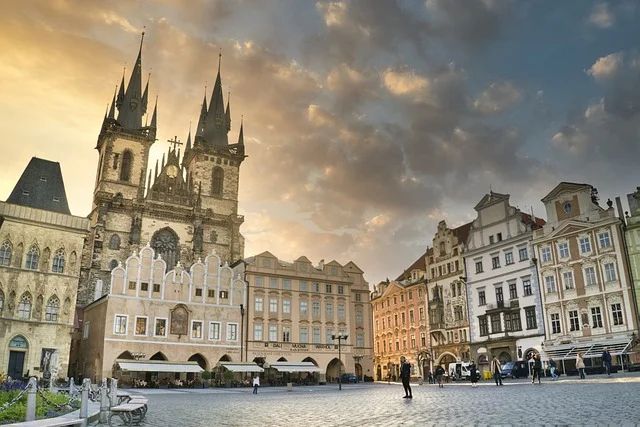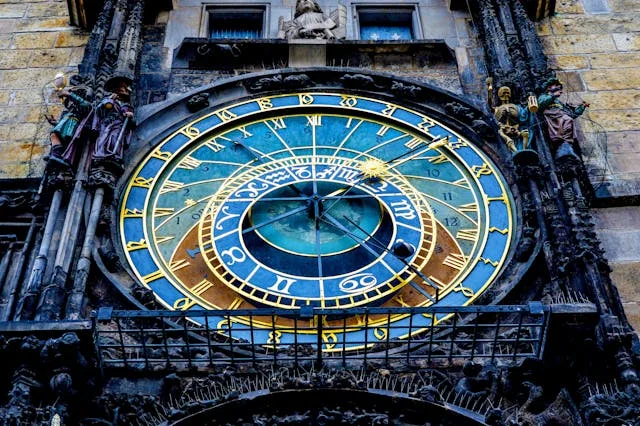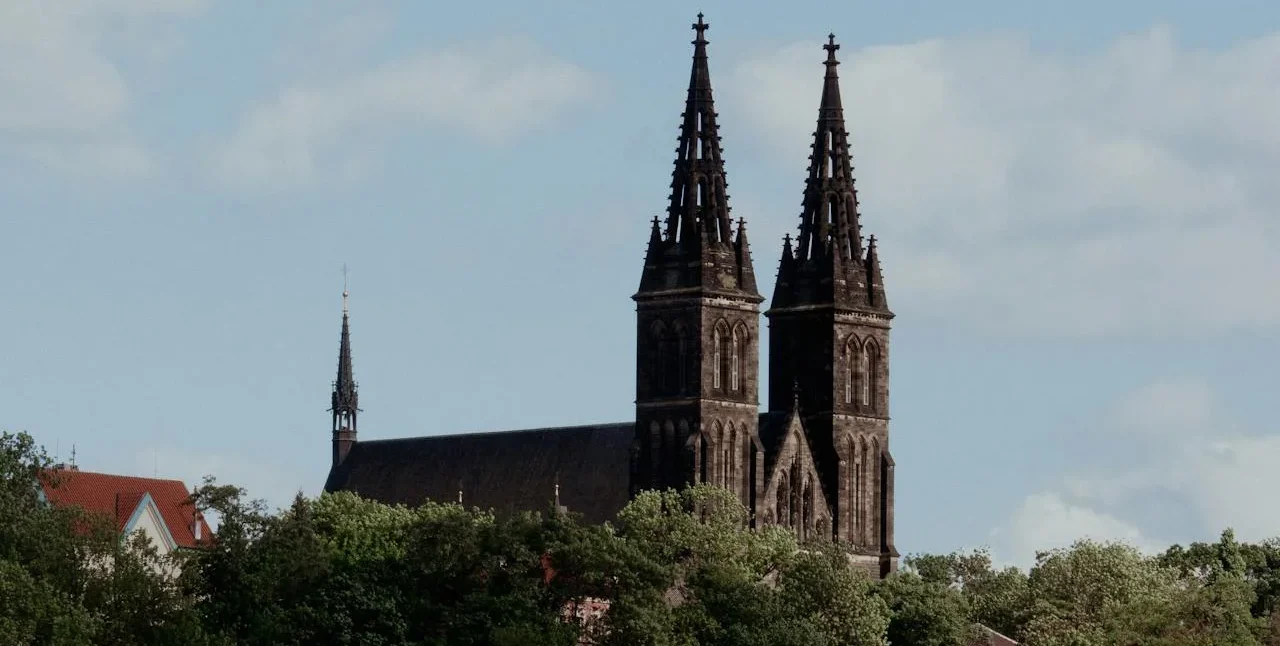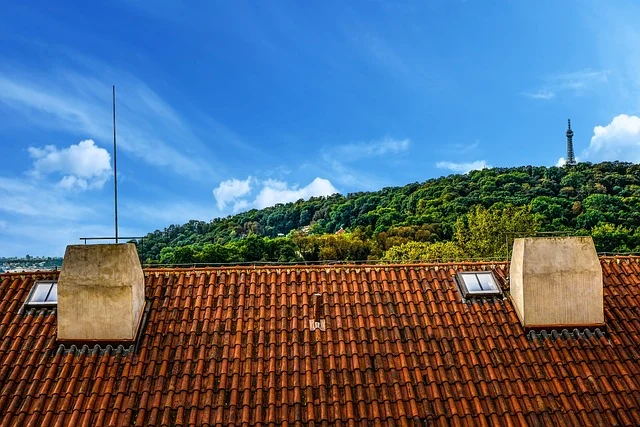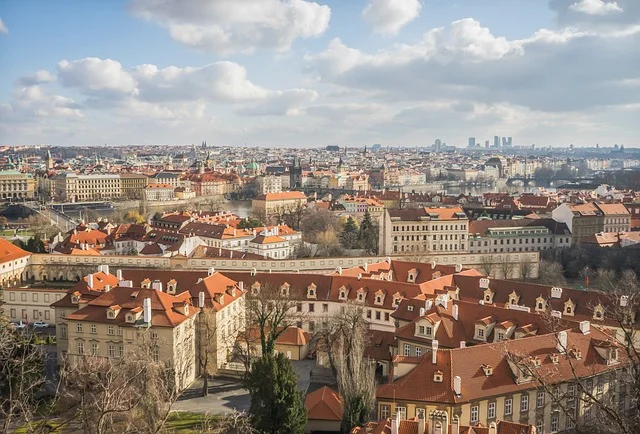Visiting New York City in five days may be ambitious, but with a properly planned New York City travel itinerary, you may just be surprised at how much of the city you actually can see and experience. The majestic skyline, the frenzy of the streets-every nook and corner can present a memory to cherish. This guide is uniquely designed to help one make the most of each day, covering must-see attractions, hidden gems, and practical tips for an unforgettable journey.
Introduction
This NYC travel itinerary is a great mix of famous places of interest and local neighborhoods, hotspots of culture. Since the following days have been preplanned in careful detail, you will spend less time on traveling between one place to another and more time and energy on really savoring the vibrancy of this city. From the architectural marvels of Midtown to the hip and cool streets of Soho, down to the stunning views from the Brooklyn Bridge, this schedule encompasses all that New York City has to offer while giving you ample time for self-discovery.
This New York City travel itinerary will take you through the best spots, make recommendations according to your budget, and give insider tips that will turn each experience into sheer fun. Be prepared for a walk through history, an indulgence in world-class food, and snapshots that would last a lifetime. This itinerary will be your perfect companion to a well-rounded adventure in the city that never sleeps.
5 Days Travel Itinerary for New York City
Day 1: Welcome to NYC – Explore Midtown and Times Square
Morning: Arrival and Iconic Start
- Arrival and Check-in: You’ll start your day with check-in to the hotel when you arrive in New York. Book a hotel in the Midtown area for easy access to most of the attractions and getting around with wonderful transportation.
- Breakfast Place: Head out and begin your day at a classic New York café or deli for a filling breakfast, such as Ess-a-Bagel or Joe Coffee Company.
- Times Square: Times Square, right in the heart of New York City, is the place to start an adventure. Take a look around to see the huge screens, bright lights, and pulsating atmosphere that gives a very alive feel. Don’t forget to snap some photos or visit shops like M&M’s World or Disney Store if you’re looking to have a load of fun, especially when traveling as a family or if you’re just young at heart.
Afternoon: Broadway and Rockefeller Center
- Broadway and Theatre District: If you’re in the mood to see a musical or a show, be sure to check TKTS for last-minute discount deals or buy well in advance. If you don’t get around to going to a show, the idea of strolling down Broadway’s theatre-lined streets is an event in itself.
- Lunch at an Iconic Deli: Have lunch at Katz’s Delicatessen or Carnegie Deli for an authentic NYC deli experience. These are legendary delis-featuring ridiculously big sandwiches and true New York ambiance.
- Rockefeller Center and Top of the Rock: Some knockout views can be had at Rockefeller Center, which includes an Ice Skating Rink (seasonal), Radio City Music Hall and more. Top of the Rock Observation Deck offers breathtaking unobstructed views in all directions of the City skyline through floor-to-ceiling glass panels – an ethereal panorama of iconic skyscrapers, bustling streets and picture-postcard parks including the Empire State Building and Central Park.
Evening: Empire State Building and Dinner
- Empire State Building: The iconic building of New York is the Empire State Building. Have a trip right before dinner. For a unique view, go near sunset to see the beginning of the city lights’ twinkle.
- Dinner with a view: If you really want to end your day on the bright side, treat yourself to dinner at one of the many restaurants with skyline views, like The View-it’s a revolving restaurant.-or the 230 Fifth Rooftop Bar. Both places have amazing food combined with spectacular views of the Empire State Building.
Day 2: Classic NYC – Central Park, Museums, and the Upper East Side
Morning: A Peaceful Start in Central Park
- Breakfast around Central Park: Have your day started in one of the cozy cafes-like Sarabeth’s or Maison Kayser-serving divine breakfasts. Ideal for taking time and having it near the park.
- Central Park Exploration: Enter Central Park and go for a leisurely morning walk. This famous green oasis has something for every kind of visitor. Visit famous locales such as the Bethesda Terrace, Strawberry Fields, and The Bow Bridge. Take a unique view by renting a bike or taking a horse-drawn carriage ride through the many landscapes.
Afternoon: Dive into Art and History on Museum Mile
- The Met and Museum Mile: Experience the Metropolitan Museum of Art, better known as The Met, which is situated along Museum Mile and is the place for art and history lovers. You’ll be able to spend several hours navigating through its world-famous collection-from Egyptian artifacts to Impressionist paintings. You could opt for the Solomon R. Guggenheim Museum if you enjoy modern art more.
- Lunch near the museums: Take a break from viewing the collection at The Met by having lunch at The Dining Room, or head out for a more casual, bistro-style option within walking distance.
CHECK OUT – Top 10 Beaches in the USA for an Unforgettable Getaway
Evening: Upper East Side Stroll and Fine Dining
- Upper East Side Exploration: Enjoy a stroll through Manhattan’s posh Upper East Side after a day of museums. The Upper East Side is known for its classic NYC architecture, high-end boutiques, and classy atmosphere.
- Dinner Recommendations: Treat yourself to an unforgettable dinner at Daniel, a Michelin-starred restaurant serving exquisite French food, or head to J.G. Melon, a more low-key restaurant beloved for its burgers. Equally represented in NYC icons, either will provide a true quintessential NYC food experience.
Day 3: Cultural Adventure – Lower Manhattan and the Financial District
Morning: Historic Sights and the Statue of Liberty
- Historic Café Breakfast: Start your day in Lower Manhattan by enjoying breakfast at a cozy, historic place such as The Grey Dog or Le Pain Quotidien. Enjoy warm pastries, coffee, and classic breakfast items for a hearty start.
- Statue of Liberty and Ellis Island: A ferry taken from Battery Park brings you to the Statue of Liberty. For the best experience, tickets should be ordered long in advance, especially when trying to gain access to either the pedestal or crown. After visiting Lady Liberty, head to Ellis Island to learn about the immigration history of the United States. The museum gives an emotional glimpse into the tales of those who entered through its doors.
Afternoon: Wall Street, 9/11 Memorial, and Lunch at the Seaport
- Lunch at South Street Seaport: Take a break and have your lunch at Pier 17, or The Fulton at South Street Seaport. Enjoy beautiful views of the East River and eclectic food options.
- Explore Financial District: Walk through the historic streets of the Financial District and take in the famous sights of Wall Street and the New York Stock Exchange. Cameras will definitely bring out the unique juxtaposition between old and new architecture.
- 9/11 Memorial and Museum: Take an appropriate moment of reflection at the 9/11 Memorial and Museum. The relevance to this site is to pay an emotional homage, give insights about the sufferings due to the events on September 11th, and how New York City showed its resilience.
Evening: Sunset Walk and Dinner in Dumbo
- Brooklyn Bridge Walk: This guided walk takes place as evening approaches across the Brooklyn Bridge to see spectacular views of the Manhattan skyline at sunset. This is an experience unlike any other, with great spots for photos along the way.
- Dinner in Dumbo: Across the bridge lies the trendy Brooklyn neighborhood of Dumbo, home to both stunning views and restaurants galore. Enjoy classic New York-style pizza at Juliana’s or go more upscale with dinner at The River Café, which also boasts stunning waterfront views.
Day 4: Trendy NYC – Soho, Greenwich Village, and Chelsea
Morning: Brunch and Greenwich Village Stroll
- Brunch in Greenwich Village: Start your day with a lazy brunch at any of the Greenwich Village favorites like Buvette and Jack’s Wife Freda. Both these places are known for their cozy setting and delectable brunch menu items.
- Washington Square Park: Take a leisurely walk after brunch to Washington Square Park. Colorful, with everything from fountains to street performers, it is sure to delight both locals and visitors, providing the quintessential New York experience.
Afternoon: Shopping and Art in Soho
- Soho Shopping and Art Galleries: Spend the afternoon browsing the trendy boutiques and art galleries of Soho, from high-class high-end designer shops to those that have local appeal in eccentric ways. And if you are into art, visit at least some of these many galleries exhibiting contemporary works of art by emerging and established artists.
- Lunch in Soho: Have a quick slice of their famous pepperoni pizza at Prince Street Pizza or head to Sadelle’s for a fancier deli option that’s popular amongst foodies.
Evening: The High Line and Chelsea Market
- The High Line: Go to The High Line-a weirdly set elevated park atop a rail way track. Take a walk through the gardens and art installations, and enjoy the great views of the city from atop. This is also a great spot for photos, especially while the sun sets.
- Chelsea Market: This is where you want to conclude your High Line walk: Chelsea Market, busy with food from eclectic different food vendors. Tacos, seafood-the works; all tastes will be catered for. This really is the best way to sample an array of foods and dive headfirst into the vibrant culinary culture of NYC.
- Dinner in Chelsea: Buddakan for a sit-down meal if one wants to try a most memorable Asian-fusion meal, or, for a more low-key dinner, find Los Tacos No. 1 for some truly authentic Mexican tacos.
Day 5: Wrap-Up – Museums, Neighborhood Walks, and Final Shopping
Morning: Breakfast and a Last Museum Visit
- Lower East Side Breakfast: The best way to start the day is with breakfast at quintessential New York spots, like Russ & Daughters Café or Clinton St. Baking Company.
- Optional Museum Visit: If you are still in an art or history mood, why not visit the MoMA-Museum of Modern Art for its sprawling collection of contemporary and modern works, the Whitney Museum for American art, or the New Museum for avant-garde contemporary exhibitions? Head to any of these museums that best fits your interest and use your last day to the fullest.
Afternoon: Final Shopping and Lunch in Midtown
- Lunch in Midtown: Shake Shack or Eataly also can give one a quick but memorable lunch, with some of the best casual bites the city has to offer. Both restaurants are mouth-watering and equally located in Midtown-convenient for that last New York meal.
- Fifth Avenue Shopping: After lunch, window shop or hit some of the most famous stores along Fifth Avenue, from high-end Saks Fifth Avenue and Tiffany & Co. to more mid-range Uniqlo and Zara. For quirkier souvenirs, check out the market at Grand Central Terminal or the Bryant Park Shops.
Evening: A Relaxing Farewell to NYC
- Hudson River Cruise or Rooftop Views: In conclusion, relax and enjoy your last look at the New York Skyline with an evening cruise on the Hudson River. Alternatively, grab some evening views over the city from a rooftop bar like Westlight in Brooklyn or The Skylark in Midtown.
- Dinner and Long-Term Memories: Make the last dinner in NYC a memorable one: consider the classic NYC pizza at Lombardi’s or the award-winning Sichuan at Café China. Go over the experiences in your five-day journey as you enjoy the last meal in the city.
Tips for Travelers
Get a MetroCard for Convenient Travel – New York City’s subway system has been one of its most effective modes of transportation. If you will be using public transportation frequently, consider buying a 7-Day Unlimited MetroCard in which unlimited subway and bus rides within the city are covered for seven days with this card, thus the cost-effective choice.
Best Times to Visit Popular Attractions – If you want to avoid big lines, go in the morning or later in the evening to places like the Empire State Building and Statue of Liberty. Another option that will save you a lot of time is buying tickets online in advance.
Walk as Much as Possible – Many of the best spots in NYC are close to one another, particularly in areas such as Midtown and Downtown. Walking allows you not only to notice hidden treasures on the way but also truly drenches you in the unique energies of the city.
Be Prepared for All Weather – NYC weather is pretty unpredictable; pack layers, and check the forecast daily. Bring a warm coat, gloves, and hat with you in winter. Light clothes, sunscreen, and a hat will do for summer visits.
Plan for Crowds and Be Patient – NYC is very crowded with many attractions, so it requires a lot of patience. One should try to visit the more popular attractions like Times Square, Central Park, and Soho during weekdays rather than weekends if one wants to have an experience less crowded than most visitors experience.
Carry Cash for Small Purchases – Although almost everywhere accepts credit cards, there are those minor vendors and markets that just prefer cash. It’s handy to have some small bills on you, especially for food trucks, street vendors, or tips for service staff.
Download Useful Apps – Services such as Google Maps, Citymapper, and MyTransit NYC, are much better in terms of navigating the subway and getting around the city. Meanwhile, OpenTable and Yelp let you find dining spots, then make reservations without waiting in line.
Respect Local Etiquette – New Yorkers are blunt and in a rush-on sidewalks and subway platforms. Walk to the right, don’t stop in the middle of the sidewalk or at the top or bottom of subway stairs or escalators, and stand right on escalators to let others pass.
Look Out for Free Attractions and Events – NYC has a bevy of free attractions from Central Park to the Staten Island Ferry and on across Brooklyn Bridge. Make sure to check local listings during your stay so you can catch the many free events, outdoor concerts, and public festivals.
Final Thoughts
New York City is a city that immediately captures hearts and leaves a mark on the memory of each guest. Now, with this well-thought-out 5-day travel itinerary, you have seen iconic landmarks, eaten at some of the world’s finest restaurants, walked through famous neighborhoods, and discovered those little hidden treasures that make it all so very special. Each day brought something other than cultural history or excitement that would balance your experience in the city that never sleeps.
Be it for the first time or revisiting some memories, NYC always has something different to let one enjoy: from an appealing skyline and varied food to the pulsating arts scene, New York’s energy cannot be compared with anything else; the more you explore, the more charming it becomes. The way back home, you’ll have memories that will stay in your mind, but most importantly, you may probably be left with a wanting to go back and find even more of the store the dynamic city has for you.
Now, it’s time to pack up the keepsakes, review your photos, and share stories with friends and family down the line, knowing you got the most of your adventure with this New York City travel itinerary. Until next time-safe travels, and remember: the city awaits, ready to welcome you back when next you’re prepared to return!

